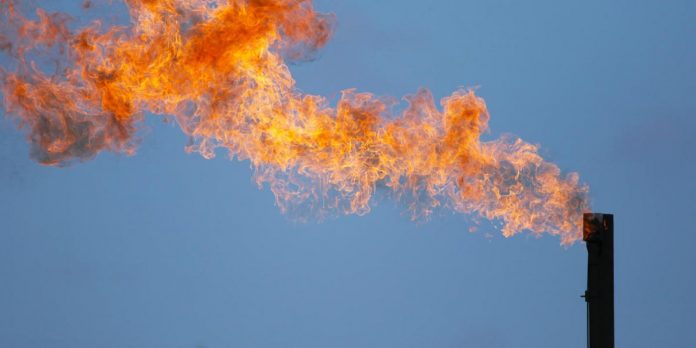Scientists from Nanyang Technological University, Singapore (NTU Singapore) have shown that recent record-breaking increases in the atmospheric concentration of greenhouse gas methane can be explained by year-on-year changes in the climate. They show that climate change is a stronger driver of increasing atmospheric methane than expected, causing the Earth to heat up more and faster than anticipated.
Using data gathered over the last four decades to study the effects of temperature changes and rain on the atmospheric concentration of methane, the NTU Singapore team concluded that the Earth could be both delivering more, and removing less, methane into the air than previously estimated, with the result that more heat is being trapped in the atmosphere.
The study, published in the scientific journal Nature Communications on 23 June, addresses the large uncertainty about the impact of climate change on atmospheric methane. The study finds that this impact could be four times greater than that estimated in the latest Intergovernmental Panel on Climate Change (IPCC) report.
The NTU scientists suggest that their findings could explain why the amount of methane in the atmosphere continues to reach historic highs, even when man-made methane emissions decreased during the COVID-19 pandemic in 2020.
The findings also underline the pressing need to cut down methane emissions, the second-biggest greenhouse gas contributor to Earth’s warming, and one that is 25 times more potent at trapping heat than carbon dioxide.
Cheng Chin-Hsien, first author of the study and a researcher at the NTU Asian School of the Environment, said: “Through looking at four decades worth of data, we found that nature could be producing more and consuming less methane than was previously realised. We put this down to delayed effects from nature’s interactions with methane emissions. This means that the recent sudden surge in methane emissions and the increase in warming could be a result of climate change years or even decades ago. Similarly, the full effect of rising temperatures today on the atmospheric methane concentration may only become more apparent in the decades to come.”
Professor Simon Redfern, lead author of the study and Dean of NTU’s College of Science, said: “Our results show that the links between methane and climate change have been underestimated. We still have so much to learn about the complex interactions that drive climate change. The message from this study is clear and echoes what scientists have been calling for in recent years – that we need to cut back methane, as well as carbon emissions, to fight climate change.”
Improving methane climate feedback estimates
The latest figures from the United States’ National Oceanic and Atmospheric Administration (NOAA) show that the amount of methane in the atmosphere reached historic highs in 2020 and 2021 and is currently increasing at its fastest recorded rate.
In general, a warmer environment leads to an increase in the amount of methane generated by microbes. This leads to further warming due to more heat trapped in the atmosphere. Eventually this atmospheric methane is removed when it undergoes oxidation, reacting to form atmospheric carbon dioxide and water.
But there are other events or factors that could introduce uncertainties into the net effect of increased temperatures on atmospheric methane concentrations. For instance, a hotter climate may also lead to an increase in wildfires, inhibiting atmospheric methane removal.
Using data from the NOAA and the World Data Centre for Greenhouse Gases, the NTU team analysed changes in the climate to identify the effects of temperature and rain on methane concentrations in the atmosphere over the last four decades, accounting for various processes in which rising temperatures amplify or slow down the rise in atmospheric methane on various time scales.
They found that a hotter year with higher methane emissions can be followed by a cooler year with slower methane removal. So, even though lower temperatures are expected to result in lower methane supply from microbes, the reduction in removal can still result in a net increase in methane concentration in the atmosphere. In particular, this phenomenon might occur following a hot year that saw severe wildfires.
Based on their calculations, the NTU scientists estimate that for every degree increase in global mean surface air temperature, the Earth will absorb an additional 0.08 watts of energy per square metre of surface due to net additional methane emissions.
This is four times the estimate given by the Intergovernmental Panel on Climate Change (IPCC), suggesting that the Earth could be on course to warm up more and faster than anticipated.















